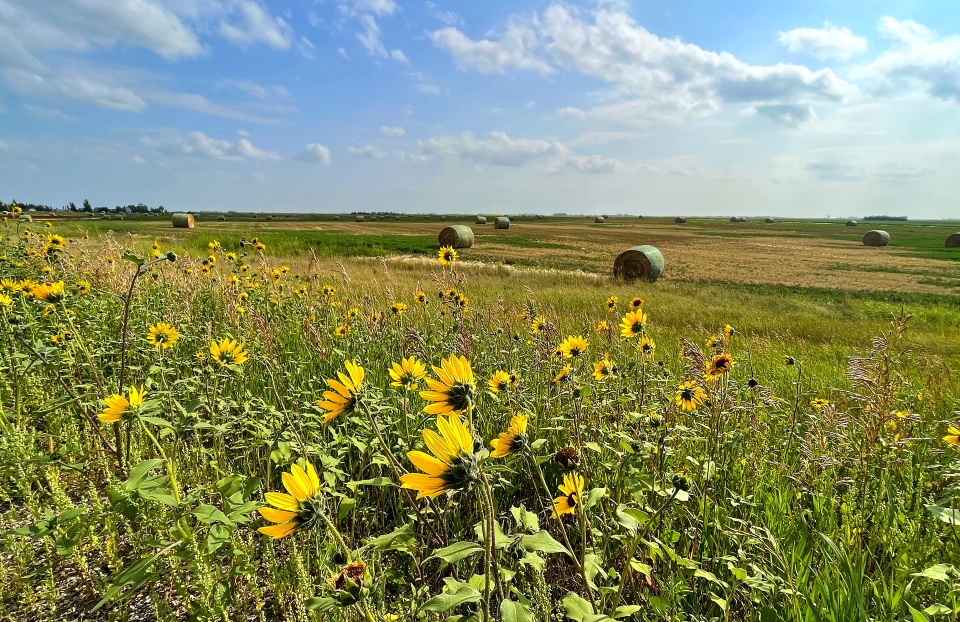While June is often the most rainy month of the year for producers, this year here in the southeast, crops endured a dry June. However, steady rainfalls throughout July have helped ensure the crops have the moisture needed for a successful harvest.
"The weather systems, although they're not hitting the same spots every time, they're well distributed and everybody's getting a good shot of rain. I think hugging the U.S. border, particularly going east of Estevan, there's even been more rain there, where the systems have been a little bit more consistent and heavier," said Agrologist Edgar Hammermeister.
He said more rain throughout the coming weeks may not be enough to help certain crops recover from the heat spells in June.
"We had that heat spell, and for the crops, for the fields that are a lighter texture, like more sand, they would have been held back. There would have been some yield potential lost there, particularly if it was seeded earlier, just because those soils do not have the water holding capacity compared to a loam or clay loam. So those would have had some trouble."
"Medium textured soils, the loam and clay loams, they probably could have had enough to carry, but it would have been touch and go because the early rains, they were quite spotty, and so we certainly have the opportunity for regionally to have an average crop to even opportunities for above average to some degree."
Even with the steady rains in July, including thunderstorms, Hammermeister said he hasn't heard of any serious damage from hail.
"When there has been hail, it's been smaller stones. A system a few days ago went through North of Alameda. I'm not quite sure if it started at Lampman, but it went North of Alameda onto through Alida, Storthoek. There are areas where there are some very large stones reported and but I haven't heard the degree of damage."
He added that he does expect producers to have enough moisture now to last until the end of the growing season, with harvest just around the corner.
